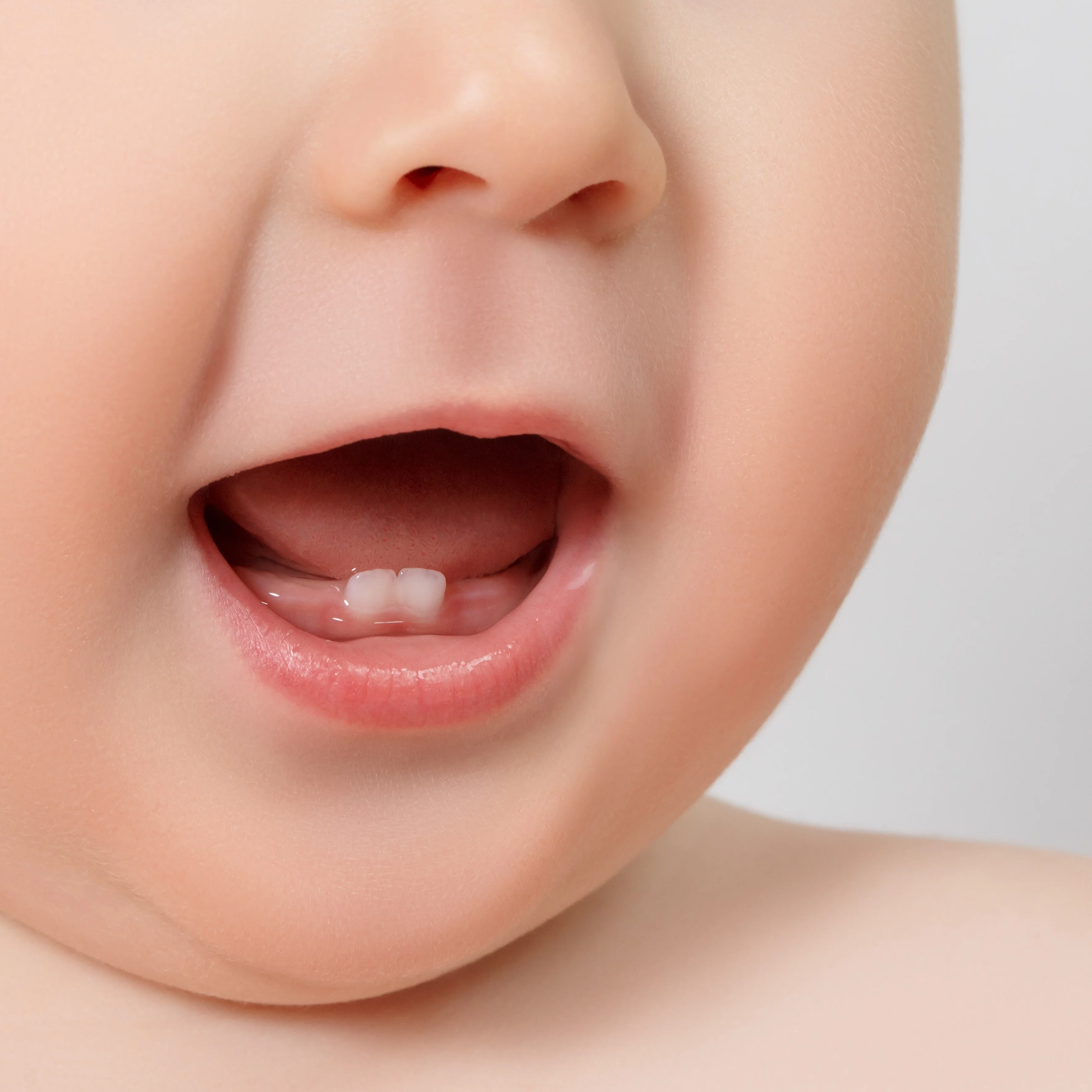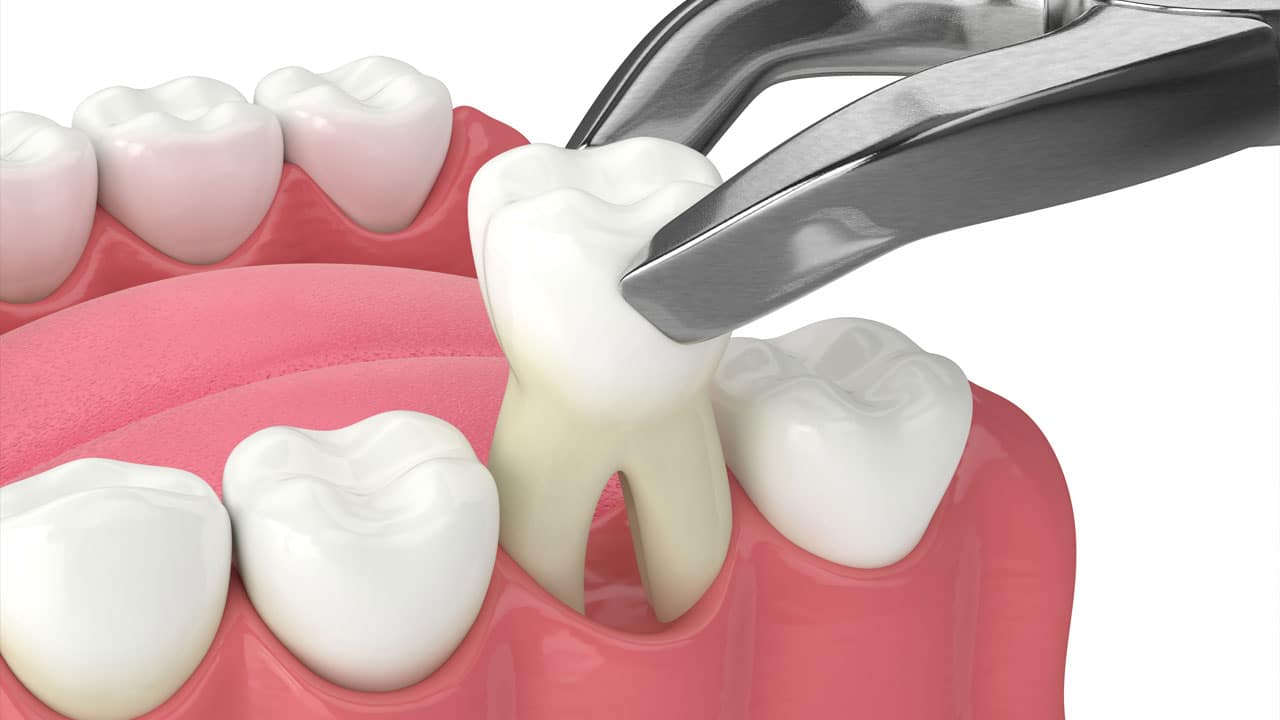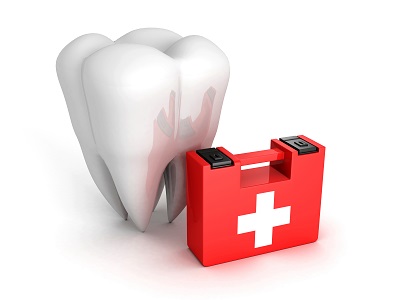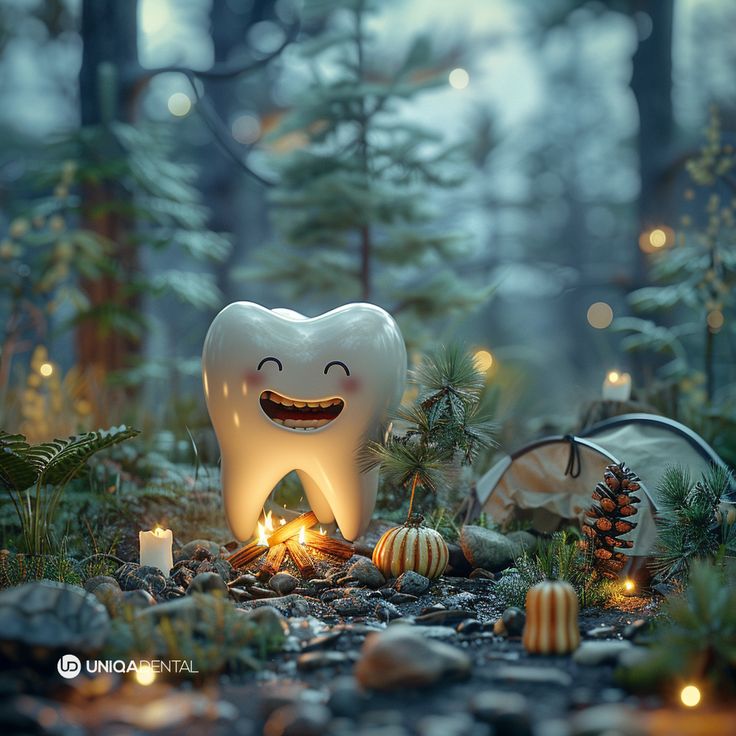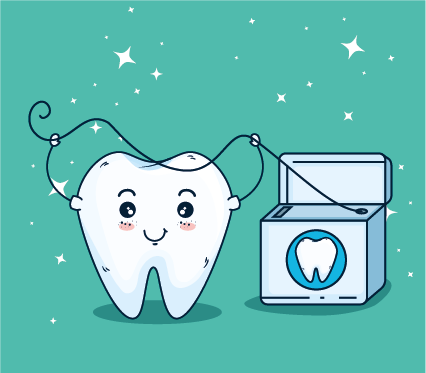Title: "Tiny Teeth: A Guide to Infant Teething Adventures"
Welcome to the world of tiny teeth! As a parent, there are few milestones as adorable and heartwarming as your baby's first toothy grin. But before those pearly whites make their grand entrance, there's a journey of teething adventures ahead. As a dentist specializing in pediatric care, I'm here to guide you through this exciting phase.
When Do Those First Teeth Appear?
Babies are unique individuals, and so is their teething timeline. While there's no hard and fast rule, most babies will start teething around six months of age. However, don't be surprised if your little one decides to shake things up a bit and start teething as early as three months or as late as twelve months. Remember, every baby is different, so there's no need to worry if your friend's baby got their first tooth before yours.
What to Expect During Teething?
Teething can be a rollercoaster ride of emotions for both parents and babies alike. Here's what you can expect during this exciting time:
Fussiness: Teething can be uncomfortable for babies, leading to increased fussiness and irritability. You may notice your little one drooling more than usual and wanting to chew on everything in sight.
Gum Sensitivity: Before the tooth emerges, your baby's gums may become swollen and tender. Massaging the gums gently with a clean finger or a chilled teething ring can help relieve discomfort.
Changes in Eating and Sleeping Patterns: It's not uncommon for teething babies to experience changes in their eating and sleeping habits. They may nurse or bottle-feed more frequently for comfort, and disrupted sleep patterns are par for the course.
Low-Grade Fever and Mild Diarrhea: Some babies may develop a slight fever or experience mild diarrhea during teething. These symptoms are typically temporary and should resolve once the tooth breaks through the gumline. However, if your baby develops a high fever or severe diarrhea, it is essential to consult with your pediatrician.
First Tooth Sightings: Ah, the moment you've been waiting for – the emergence of that first tiny tooth! Typically, the bottom front teeth (lower central incisors) are the first to appear, followed by the top front teeth (upper central incisors). Each tooth is a milestone to celebrate, so be sure to have your camera ready to capture those precious smiles!
How Can You Help Your Teething Baby?
As a parent, there are several things you can do to help soothe your teething baby:
Provide Gentle Pressure: Massaging your baby's gums with a clean finger or a chilled teething ring can offer relief from discomfort.
Chewable Toys: Invest in age-appropriate chewable toys made from safe materials. The act of chewing can help relieve teething pain and distract your baby from the discomfort.
Cool Relief: Chilled teething rings or a damp washcloth placed in the refrigerator (not freezer) can provide soothing relief for tender gums. Avoid freezing teething toys, as they can become too hard and may cause damage to your baby's delicate gums.
Comfort and Cuddles: Sometimes, all your baby needs is a little extra love and comfort during this challenging time. Offering plenty of cuddles and reassurance can make a world of difference.
Consult Your Dentist: If you have any concerns about your baby's teething or oral health, don't hesitate to reach out to your pediatric dentist. They can provide personalized guidance and support to ensure your baby's teeth and gums stay healthy and happy.
In conclusion
Teething may be a rite of passage filled with a few sleepless nights and extra cuddles, but it's also a magical time filled with adorable smiles and heartwarming moments. Embrace each toothy milestone, knowing that you're helping your baby navigate this exciting journey with love and care. And before you know it, those tiny teeth will be shining bright, ready to take on the world one smile at a time. Happy teething!


